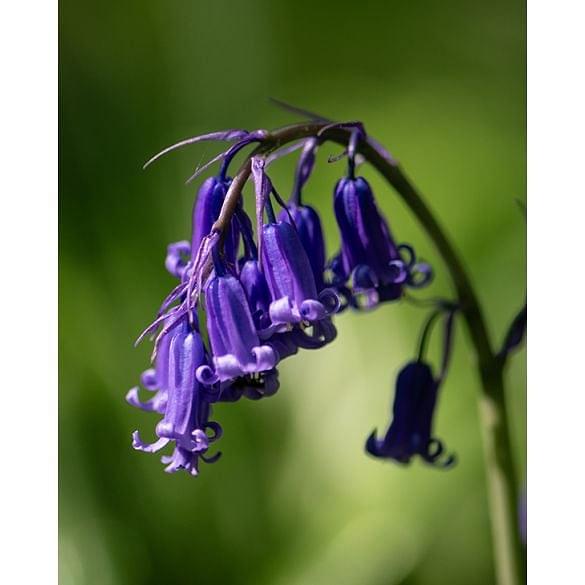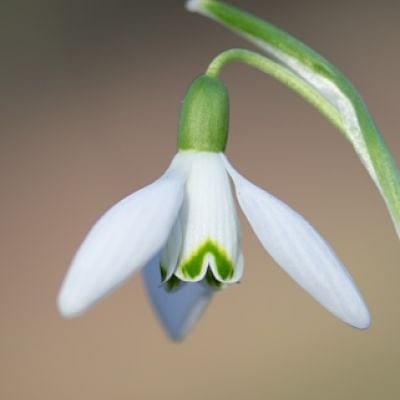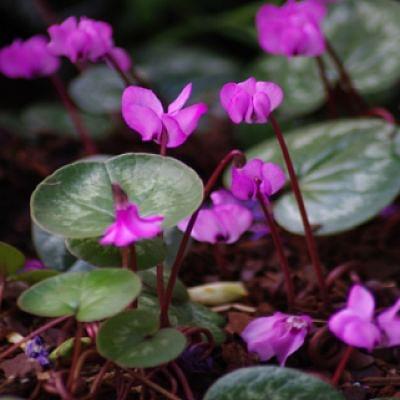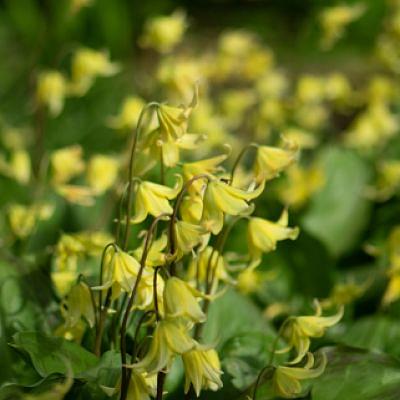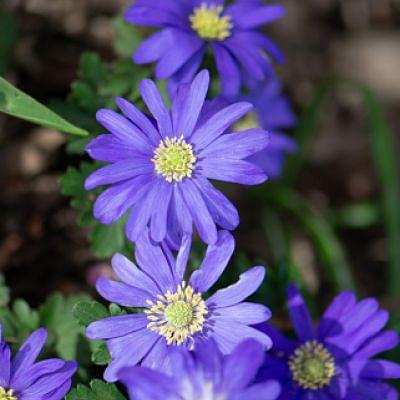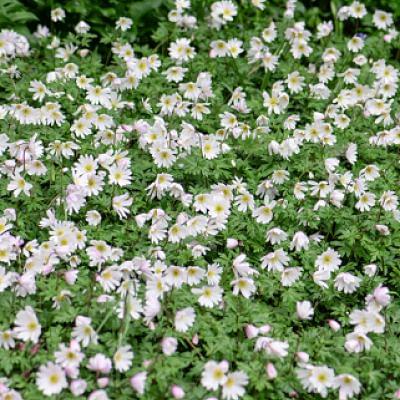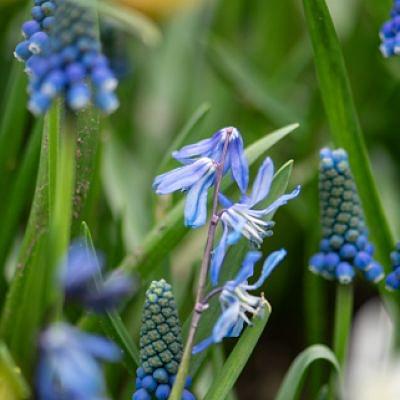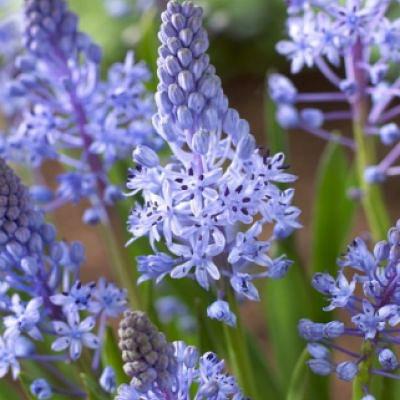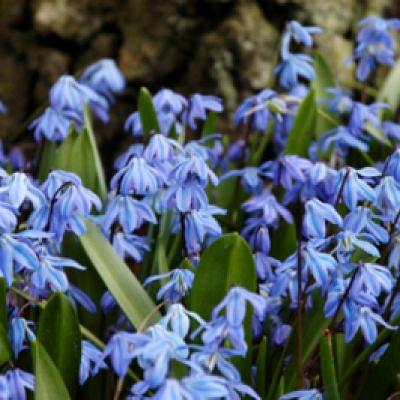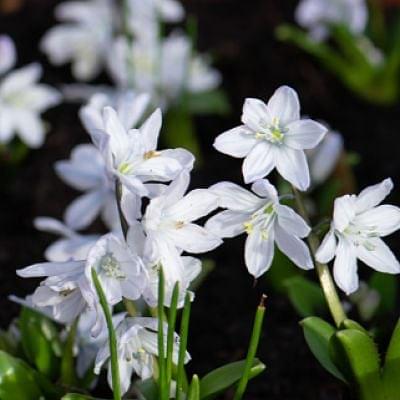Scilla Hyacinthoides Non Scripta (Bluebell) Specie Bulb
Delivery: End Aug to Feb
Bluebells are a spring time stalwart of woodlands and form beautiful swathes of blue in April and May. They naturalise easily and prefer dappled shade.
Bluebells hybridise readily and, as such, the original English bluebell is no longer available. This predominant hybrid (a specie, not a Spanish bluebell) flowers on one side but with a green stem, as shown in the photos, rather than the darker stem. Their leaves are also a little larger.
| Bulb Size (cm) | 6 - 7cm |
|---|---|
| Colour | Blue |
| Delivery period | End Aug to Feb |
| Garden Position | Shade, Partial shade |
| Hardiness | Hardy |
| Height | 20 cm |
| Month of Blooming | April (Late), May (Early) |
| Planting Density (per square m) | 75-100 |
| Planting Depth | 10cm |
| Planting Position | Front border, Middle border |
| Planting Time | Autumn, Winter |
| Scented | Yes |
| Special Features | Animal Resistant, Fragrant, Naturalising |
| Suitable for Pots | Yes |
| Type of Soil | Humus Rich, Moderately Fertile, Well Drained |
Bluebells are a precious bulb and quite unique in their characteristics. Hyacinthoides Non Scripta are the “English Bluebell”. Distinguished by the violet heads growing from one side of the stem pulling the spike over into a bow. A short stem of 20-30cm high with around 10 hanging flowers and multiple strap like leaves that stay low to the ground.
Plant them in rich soil, in a semi shaded spot. They are most successful in deciduous woodland, when left to naturalise, can create huge carpets of flowers. They will multiply by the bulbs dividing and forming clumps. The seeds can take up to 6 years to develop into bulbs given the right growing conditions.
Bluebells have been an important wild icon for centuries. Unfortunately it gets a little complicated since the introduction of cultivated bulbs.
Firstly the Hyacinthoides Hispanica, (Spanish Bluebell) was used extensively as a generic bluebell variety. With thicker leaves, the stems are straight and much taller. The flowers are a very pale blue and the blue stamen are unscented. It is possible for these to hybridise with the English variety.
It is illegal to harvest native bluebells from the wild. They are not easy bulbs to cultivate and very few growers of the genuine article are selling true bluebells.
Our bulbs are cultivated in Holland in very large numbers. This bulb is a hybrid (a specie, not a Spanish bluebell). It flowers on one side but with a green stem, as shown in the photos, rather than the darker stem. Their leaves and flowers are also a little larger.




